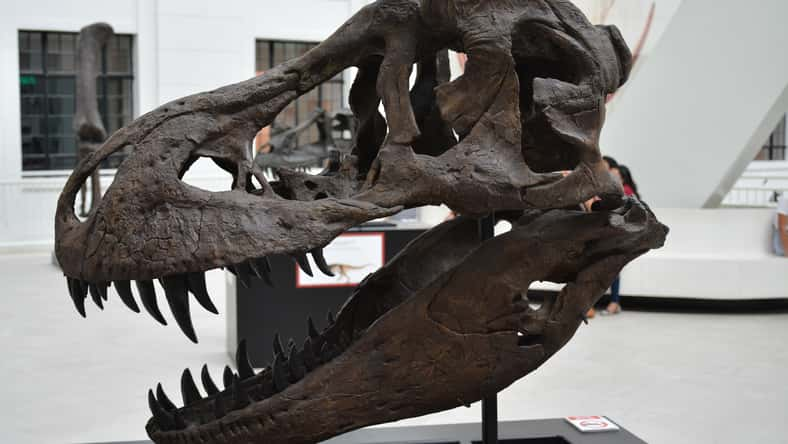
In Siberia, a group of gold miners accidentally discovered a mummified woolly rhino carcass while excavating the site of a new quarry.
The animal’s horn and soft tissues were still intact. The remains were located in Oymyakon, a rural human settlement of the Republic of Sakha in the Russian Far East.
Researchers from the Northeastern Federal University in Yakutsk visited the site and excavated the rhino’s horn.
It was then taken to the university, where it is being studied. The rest of the woolly rhinoceros (Coelodonta antiquitatis) will be dug up in the coming months.
“This is a truly unique find that will allow us to study the history of the region, its ancient fauna, climate, and geological conditions in more depth,” said Anatoly Nikolaev, the rector of the university.
The permafrost in Siberia provides the ideal conditions for ancient creatures to be preserved. The cold temperatures work to mummify the remains, dehydrate soft tissues, and freeze them in time.
According to Maxim Cheprasov, the senior researcher and head of the laboratory of the university’s Mammoth Museum, it is the fifth time that scientists have found a woolly rhino complete with soft tissues.
In the modern history of Northeastern Federal University, it is the first time that a discovery of this kind was made.
Such a find is rare and allows scientists to get a better look into the life and environment of the animal at the time of its death. In addition, it gives them a chance to extract ancient DNA from the remains.

Woolly rhinos lived during the Pleistocene epoch, which occurred 2.6 million to 11,700 years ago. They first appeared across northern Eurasia about 300,000 years ago.
They were covered with long, thick hair that helped them survive in the extreme cold. They stood around 6.5 feet tall and could weigh up to 6,000 pounds.
As the last ice age came to an end, their range shrunk in size until they were only left in parts of Siberia. Eventually, they went extinct due to human activity and climate change about 10,000 years ago.
One of their most distinctive features was their two large horns made of keratin. The front horn could grow over three feet in length. The horns were likely used for defense, foraging, and possibly even for attracting mates.
“According to morphological parameters, [the horn] belonged to a mature individual,” Cheprasov said.
“The exact biological age…of the animal will be determined after a comprehensive study of the carcass itself. Then, we will be able to obtain data on anatomical and morphological features, geological age, nutrition, genetic links with previously studied finds, etc.”
The woolly rhino is just one of the ice age megafauna in Siberia being studied. Back in June, researchers analyzed the mummified body of a 44,000-year-old wolf from the permafrost in the Republic of Sakha.
Sign up for Chip Chick’s newsletter and get stories like this delivered to your inbox.












